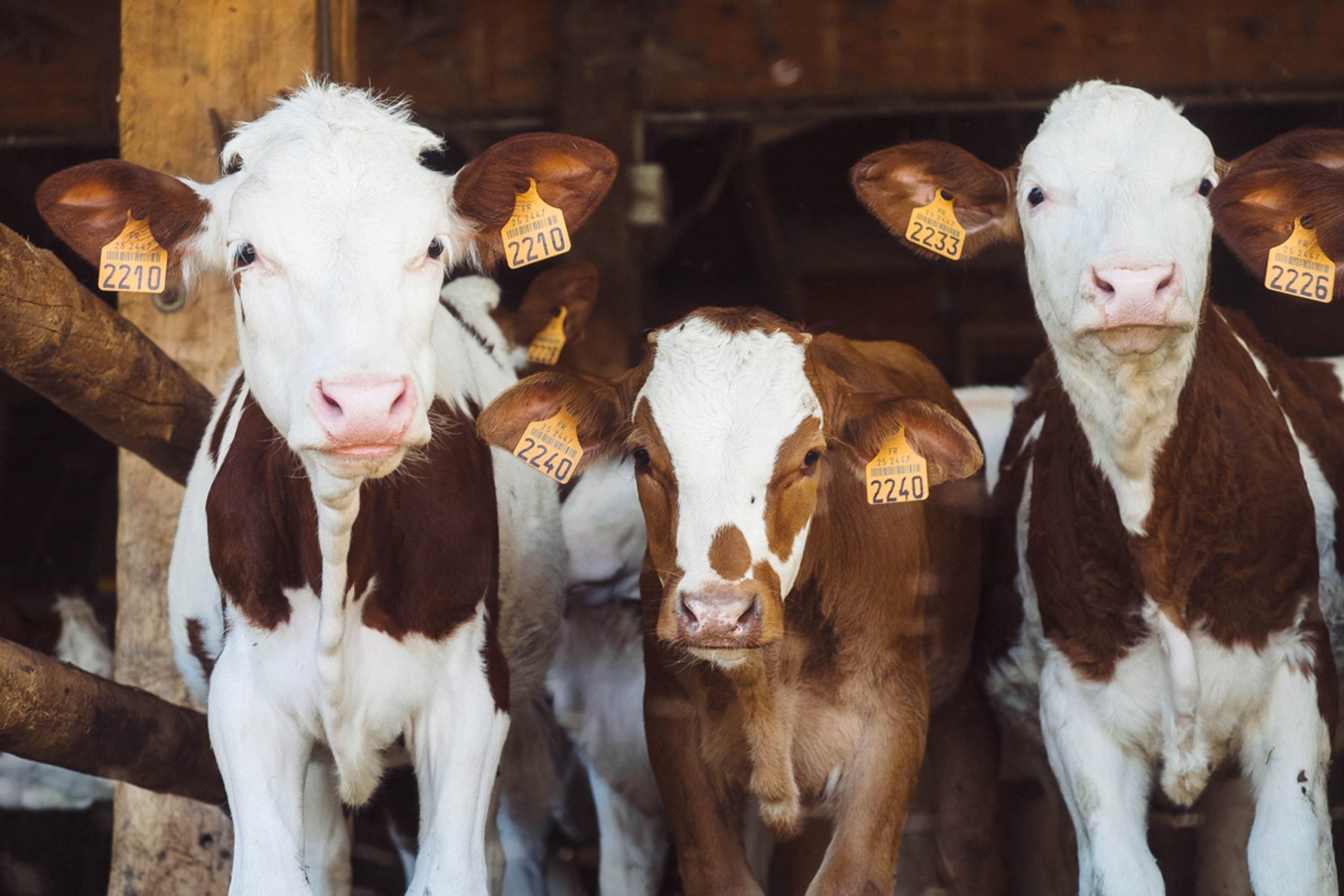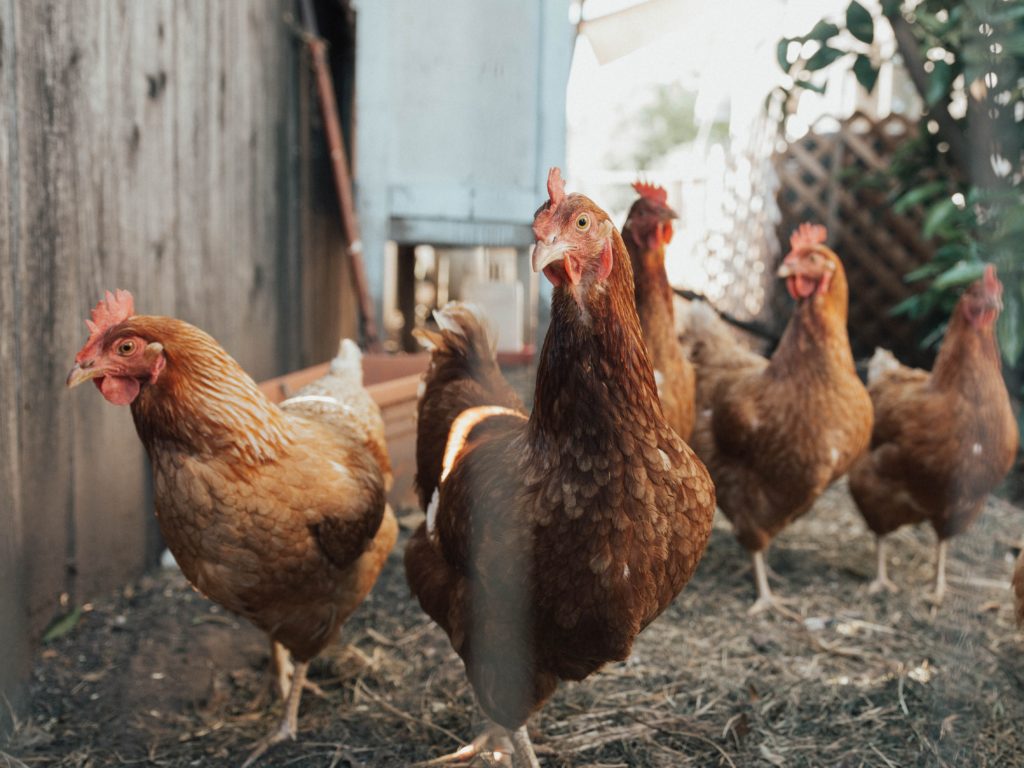Your Meat on Drugs: When Farmed Foods Harm Health

Walking in the grocery store, you may notice that over the past several years, there has been an increase in packaging marked “antibiotic free.” You may also notice a higher price tag associated with these items and decided to opt for the cheaper alternatives instead. Besides, what does the term “antibiotic free” even mean? Does it really make a difference?
Yes! To answer that question in more detail, it is first necessary to understand the concept of “antibiotic resistance.”
What is Antibiotic Resistance?
In the words of the CDC, antibiotic resistance is “when bacteria (germs) are able to survive or grow despite the use of an antibiotic that was previously able to stop them.” This means that an infectious bacterial agent that causes disease (also known as a pathogen) used to be easily destroyed when treated with varying doses of antibiotics. But now, it has naturally mutated to block the antibiotic’s methods of killing it. Once one bacterium mutates in this way, the rest can “select” for this mutation, and soon the entire species of bacteria shows resistance to one or more drugs.
What Does This Have to Do with Food?
I’m glad you asked! The agricultural sector counts for 60% of all antibiotics used in the United States, or roughly 18,000 tons per year. Just as we get sick, animals can too. To combat large levels of cattle and other animals dying off, livestock farmers around the globe use antibiotics to treat the sick and prevent the healthy from succumbing to illness as well. However, they discovered that treating animals with antibiotics promotes growth and increases the efficiency of meat production, and started to abuse the use of these wonder drugs.
So what is allowed?
FDA Approved Uses
- Treating animals that are sick
- Controlling the levels of disease in groups of animals when a large proportion are sick
- Preventing disease in animals that are at high risk of becoming sick
Unapproved Uses
- Use on healthy animals to promote faster growth
- Preventing disease caused by unsanitary living conditions (i.e. dirty coops or too many animals in a small space)
- Increasing the efficiency of meat production
Making Food Safer, Healthier, and Planet-Friendly
There are many organizations working to stop bad practices, namely the Food and Drug Administration (FDA) mentioned above, and the Center for Food Safety (CFS).
The FDA is a well-known organization that has the mission of protecting our nation’s food safety through regulations in the biological, medical, and agricultural departments. While they put measures in place to combat the misuse of antibiotics in animals, it still largely persists in the farming community.
CFS on the other hand is a non-profit organization dedicated to protecting the earth and those that inhabit it by working against harmful food production methods. Their environmental advocacy programs educate the public about various challenges our planet faces. Currently, they are working to save the bees and to minimize the presence of GMO (genetically modified organisms) crops in grocery stores.
Support the Center for Food Safety by making a donation to help fund their programs.

How Does This Affect Me?
When farmers give antibiotics to livestock, it exposes the bacteria to how we defend against sickness, and encourages it to mutate in response. When the bacteria mutates, it may not be killed by antibiotics anymore, leaving all living animals defenseless to infection caused by that specific agent. Since the resistant party is the pathogen rather than the individual, giving just one opportunity for the bacteria to evolve – for example, by allowing unnecessary medical treatment of animals – is extremely dangerous.
Antibiotic-resistant afflictions can cause serious problems not only for you and your health, but the health of the ones you love as well. Antibiotic resistance is a large problem not only in the United States, but the entire world. Without the help of antibiotics to cure disease, infections can be fatal.
Each year in this country, 2.8 million people are infected with a resistant pathogen, and over 35,000 die as a result. Even if they are lucky enough to recover, it takes much longer, and the medical bills for treating resistant infections are much higher.
“So, should I just buy antibiotic-free food?” Unfortunately, it’s not that easy. Antibiotic-free food has a catch.
Antibiotic-Free Labels
While antibiotic-free foods are the safer way to shop, there are some things you need to know. Buying food that has the label “antibiotic-free” does not mean the animal is not carrying antibiotic resistant bacteria. All animals (including humans!) carry bacteria naturally in their bodies, and that bacteria are just as likely to become resistant at some point in time.
In addition to this, unless specifically stated, antibiotic-free labels may not even mean that the animal has never been treated with antibiotics. The only rule that producers must follow in order to put an antibiotic-free label on the food is that if the animal was treated with antibiotics, those antibiotics must leave their system before the meat finds its way to a store near you. This is because no antibiotic-free labels are examined or approved by the FDA. It is up to the farmer’s discretion and honor code to claim they have never been treated.
A good resource for keeping up with where to find trustworthy foods is the Center for Good Food Purchasing. CGFP is a non-profit organization with the interest of keeping the “farm to table” process transparent to consumers. Their work promotes environmental sustainability and focuses on eliminating the use of antibiotics and hormones from farms altogether.
Learn more about the Center for Good Food purchasing.
What You Can Do
The best thing you can do is to advocate for yourself through conscious consumption. Before shopping at grocery stores, do some research on the brands you buy to learn where the meat comes from and how it is treated before you come into contact with it. Many farms that practice safe and sanitary methods will make it known on their website or the packaging itself. You should also consider shopping locally. Get food straight from the source, build relationships with local farmers or butchers, and support your local economy.
You should also heavily consider sources that have the Regenerative Organic Certification (ROC). This certification is given out by the Regenerative Organic Alliance (ROA), and focuses on eliminating damaging agricultural practices while maintaining the efficacy and high standard of each product.
Making healthier, more informed choices about what you eat is better for you and the planet! You have the power to make a difference, one meal at a time.


Leave a Reply